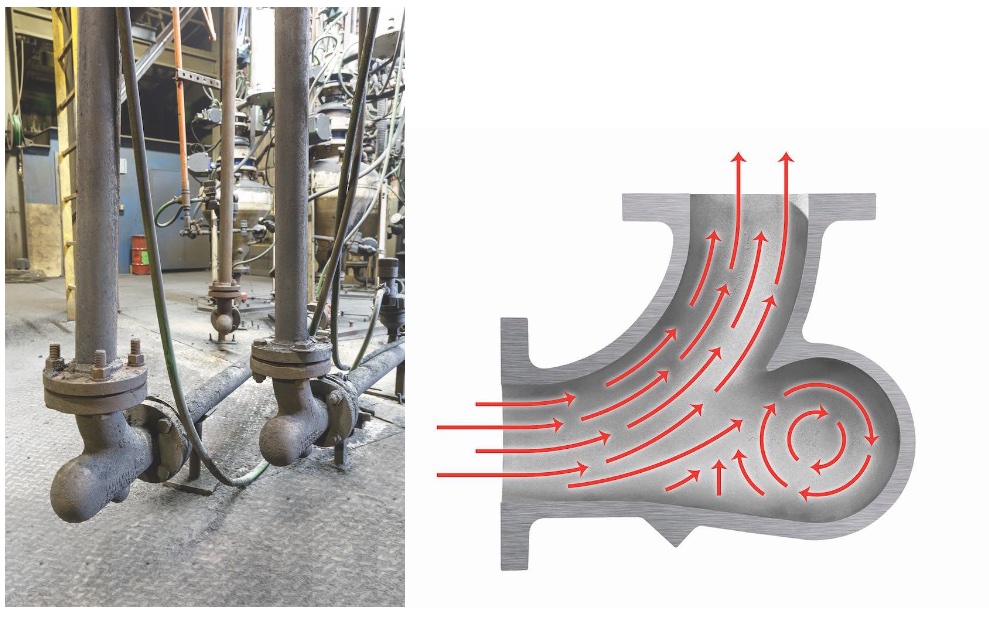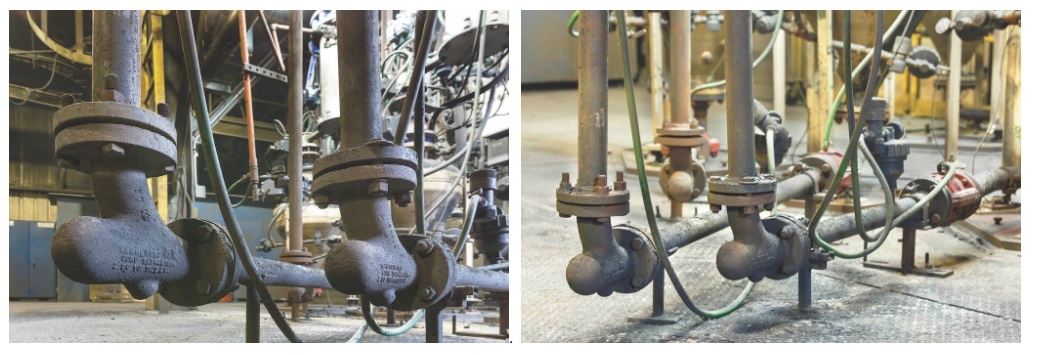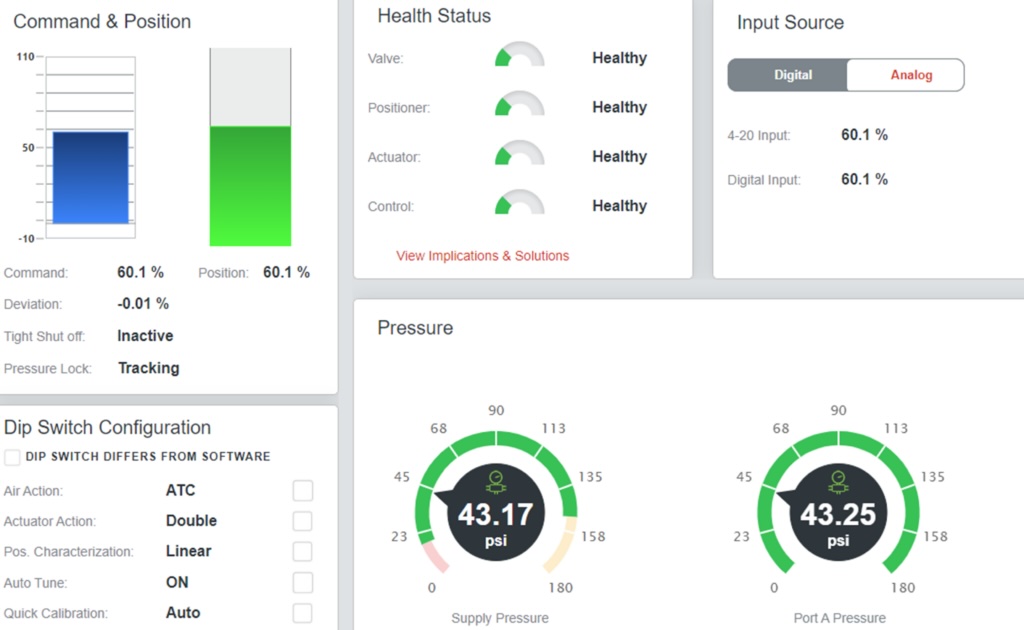Waupaca Foundry deployed deflection elbows to reduce pneumatic line abrasion at two of their facilities.

Learning Objectives
- Learn how line integrity in facilities is critical and how deflection elbows can help maintain operational efficiency.
- See how Waupaca Foundry used deflection elbows and the process involved.
- Review the alternative options for the basic rectifier diode.
Pumps insights
- In high-impact industries like foundries, having the right equipment on-site is critical and can mean the difference between success and major downtime issues.
- If there is a leak in an area that is difficult to access, it can take more than an hour to replace, which can cause extreme damage in a place like a foundry.
Waupaca Foundry, a Hitachi Metals company, casts automotive, semi-truck, home-heating and agricultural parts of gray iron, ductile iron, austempered ductile iron and compacted-graphite iron in seven plants.
At plants 2 and 3, a shared cupola furnace melts 120 tons of iron per hour. To maintain that pace, several pneumatic conveying systems are routed throughout the 665,850-sq-ft facility.
“We use pneumatic conveying systems to move metallic additives into ladles, and transport sand and sand additives to our core rooms,” said Mike Hemmila, plant manager. “We also use pneumatic conveying to transport metallic waste and waste sand back into the silos, and we use it in our dust collection systems.” The pipelines are 2 or 4 in. in diameter and 30 to 300 ft long.
With a near-constant stream of abrasives moving through the lines at high speed, wear is a major design and maintenance consideration. Line integrity is especially critical at the bends, where a change in direction can cause the material to impact and wear-through elbow walls resulting in blowouts.

Extending the service life of pneumatic system elbows
To extend the service life of the pipeline bends and minimize downtime, Waupaca deployed deflection elbows from HammerTek Corp., Bethlehem, PA. The company’s smart elbow design features a spherical vortex chamber protruding from the elbow. When material passes into the elbow, part of the flow is automatically diverted into the vortex chamber, where it forms a loosely packed mass that slowly rotates in the direction of flow. This gently deflects incoming particles around the bend.
“We’ve found applications where the HammerTek elbow works really well and is the better solution (over other types of short-radius bends and 90-degree sweeps)”, Hemmila said. “For the system I designed for moving waste sand, I put in the HammerTek deflection elbows because they worked really well with that particular material.”

Hemmila also noted that this system has provided reliable service since 2004.
The smart elbows also are suited to applications at Waupaca in which materials are diverted downward into silos and bins. “Dead-end stops are a good application for them as the material absorbs the impact as direction changes.”

Dale Harris, maintenance foreman at Plant 2/3, said, “We have some HammerTek 45º elbows that can last two years.”
Replacing a smart elbow bend is simple, Harris said, being a matter of changing eight bolts, with most jobs taking several minutes. If the leak occurs in a very high area or is otherwise difficult to access, it might take an hour to replace because of the time needed to round up a lift, hoist and other equipment.

Whatever the application, the goal is to minimize downtime, and Hemmila said his company will always opt for the bend that lasts the longest. “If we can find something that is going to last longer and save us the trouble of changing it out, we will choose that product without even thinking about it.”



